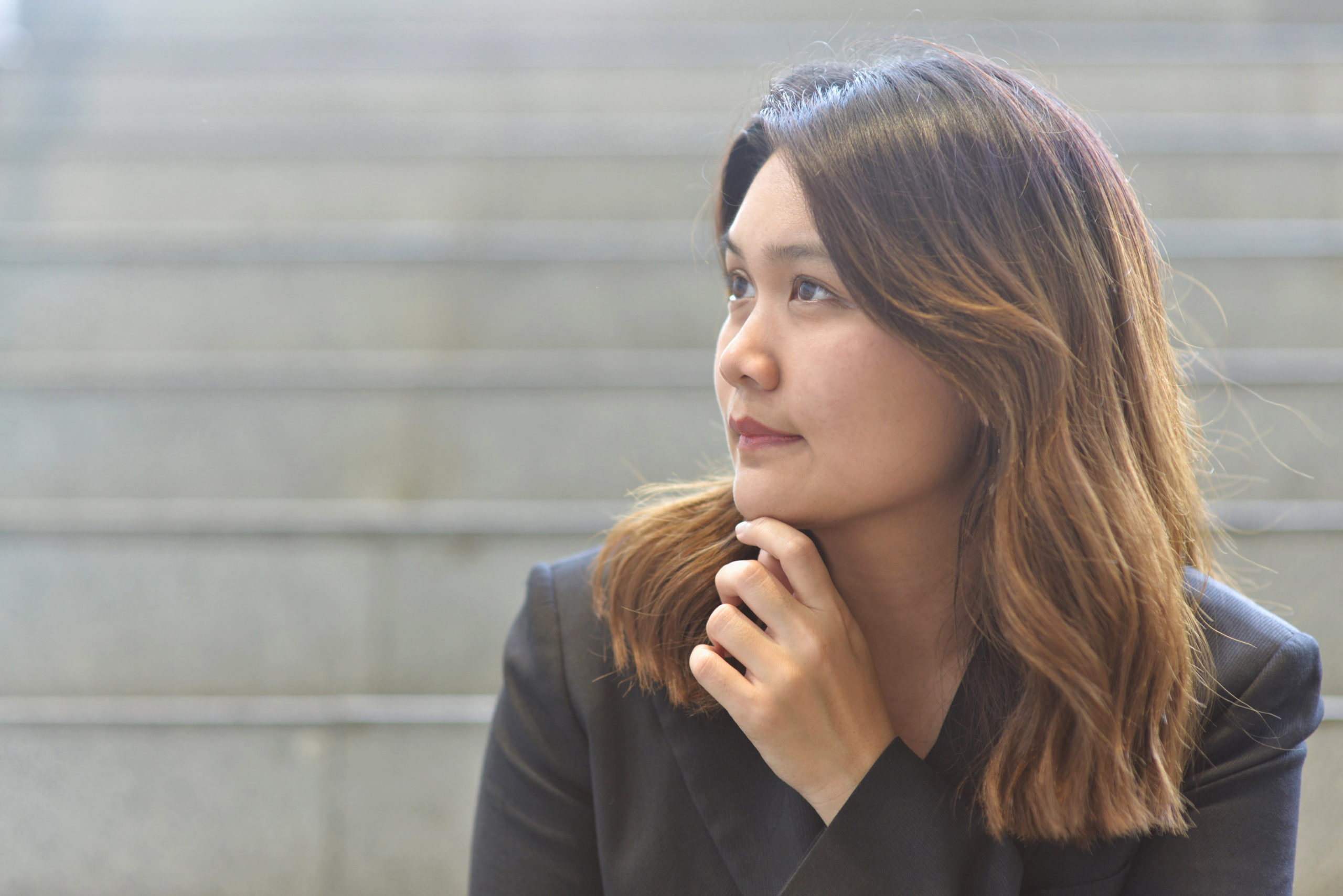Digital technology has made communication more easily accessible. With various social media platforms and different storytelling formats like short videos, 280-character social media captions, still photos, or long-form essays, anyone with ideas and stories can now become a communicator.
In the digital age, with the abundance of information and news, advertisers, content creators, and brands are constantly vying for people’s attention online. This has led to the belief that “attention is the new currency of the digital era.”
True Blog speaks with Thitapa Bunnag, Head of Internal Communication at True Corporation PLC, about her role as a ‘communicator’ in a company currently undergoing transformation following the recent amalgamation, the challenge of designing communication that engages thousands of employees and fosters a strong unified culture, and the role it plays in driving True Corporation to become Thailand’s No. 1 telecom-tech company.

Effective Communicator
In the initial phase of the dtac-True amalgamation, the primary mission of the Internal Communication team is to design and cultivate a new organizational culture and foster a strong sense of unity. A study by Harvard Business Review reveals that 70% to 90% of mergers and acquisitions end up being unsuccessful. One of the key challenges leading to this failure is the human factor, arising from a mismatch of values, cultural incompatibility, and ineffective communication. This presents a major hurdle for Thitapa Bunnag and her team.
“Our objective is to foster and drive a new organizational culture where our employees possess skills that are relevant in a rapidly changing world. We aim to build a future-ready workforce that comprehends the business strategy, social and economic context, and remains adaptable to change,” she says. “Simultaneously, we want to develop transformational leaders who can guide the organization through this transition period. However, to design a successful communication campaign, we must first understand the nature of our diverse audience and what resonates with them. This will enable us to create communication that touches people’s hearts and inspires their engagement. That’s why storytelling holds immense importance.”
The Internal Communication team is collaborating with Human Resources team to drive a new culture initiative at True Corporation. Through design thinking workshops, employees contributed suggestions and ideas to build a new organizational culture. These ideas are being refined into a ‘Culture Playbook’, offering guidelines for fostering a strong, unified culture, with the ultimate goal to transform True Corporation into Thailand’s leading telecom-tech company.
Working in Internal Communications, we need to communicate with many employees from diverse backgrounds and functions. The challenge is how to align their understanding and build a strong, unified team that shares common ground. I find it to be a fun challenge because we have a good understanding of our audiences and who we are addressing.
‘Form Follows Emotion’
Prior to joining the Internal Communication team, Ms. Thitapa served as the communication lead for the #stopcyberbullying campaign at dtac. The primary objective of the campaign was to promote digital resilience among children and youth in Thailand, while encouraging the safe and creative use of digital technology. Remarkably, the campaign successfully reached over 300,000 teachers and students. As part of the initiative, the campaign implemented an idea crowdsourcing platform, inviting the public to suggest ideas to combat cyberbullying. The platform witnessed an impressive engagement, with more than 1.44 million transactions occurring. As a result, more than 205 solutions were collected and refined into the Stop Cyberbullying Playbook.
Ms. Thitapa’s background as a communication campaign designer and her studies in industrial design have greatly influenced her skills as a designer and storyteller.
“In industrial design, there’s a concept called ‘form follows function,’ which means that when designing something, the primary focus should be on creating designs that make our customers’ lives easier and enhance their overall lifestyle,” she shares.
In industrial design studies, students learn about the entire product manufacturing process, including design, material selection, production, and distribution to retailers. The focus is on understanding what is being sold, where it is being sold, and why it is being sold.
“I enjoy exploring luxury fashion brands. During my fifth year, I came across a Gucci advertisement that showed an operating room, like something out of a sci-fi movie. It made me wonder what a fashion brand had to do with an operating room. It contradicted what I had learned about ‘form follows function.’ Back then I didn’t realize it was part of a communication campaign,” she says.
This experience became a turning point for Ms. Thitapa, leading her to pursue further studies in Fashion Management at IÉSEG School of Management in Paris, France. After completing her studies, she embarked on a seven-month internship as an art director at a prestigious public relations agency that had collaborated with renowned luxury fashion brands.
“When designing a communication campaign, it’s not just about conveying information. What we communicate needs to be meaningful and have a heartfelt impact,” she says. “It’s not just about functionality; emotions play a crucial role.”

The Golden Rule for Free Diving
In her free time, Ms. Thitapa enjoys swimming and spending time with her two Shetland Sheepdogs. Recently, she has also developed a passion for freediving, a sport that emphasizes the golden rule of never diving alone.
“When learning freediving, there is an open water session where the coach divides us into groups of 5-6 people. We head to a floating platform located in the middle of the sea. During the session, each person takes turns free diving to a depth of ten meters,” she explains. “As the rest of us watch, we witness each person gradually submerging into the depths. Beyond the seven-meter mark, where things start to become darker, our assigned buddy accompanies us into the water to ensure our safety and consciousness.”
For Ms. Thitapa, spending time underwater enhances her concentration and thinking process. She also applies the principles of free diving to her work.
“During our open water sessions, if a friend struggles to reach the ten-meter depth, we’re there to offer support and encouragement, assuring them that there’s always another chance to try. If someone does successfully reach the ten-meter mark, upon their return, we quickly assess their breathing to ensure it is normal. If everyone in the group can make it, we celebrate,” she says. “It’s like working as a team, we understand that we can’t accomplish anything significant alone. Each team member must share the same vision, learn, and grow together.”
As the head of Internal Communication, Ms. Thitapa acknowledges that several challenges lie ahead. However, with the spirit of “never dive alone,” she firmly believes that no matter how difficult or demanding the journey may be, collaboration and a strong sense of teamwork will enable her and the team to achieve their goals and ultimately succeed.





